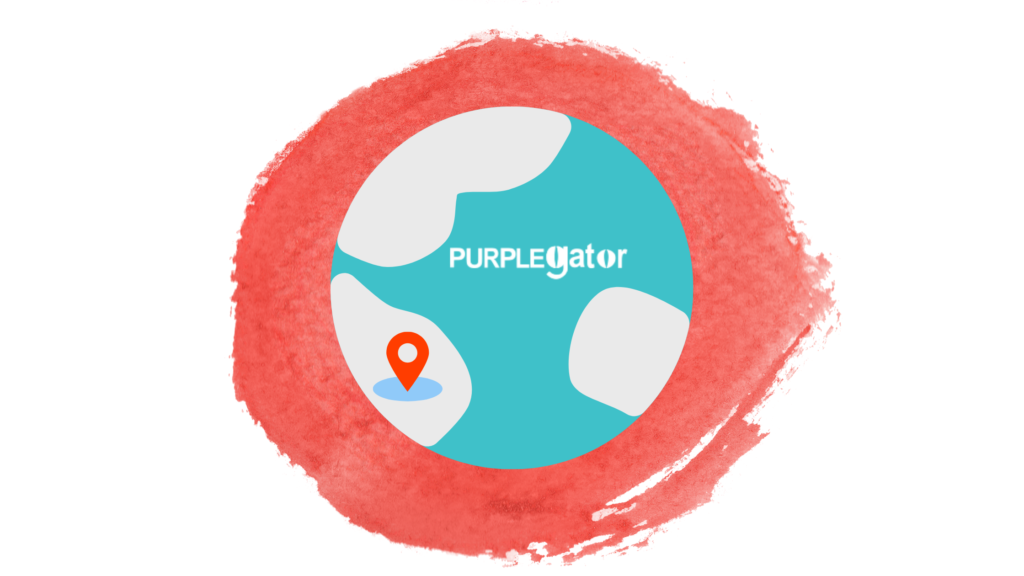Blog /
Digital & Data Driven Marketing

Mobile’s uncanny ability to target just the right person is dependent on the marketer’s ability to maximize its available data. A major advantage of mobile and digital advertising is that we know so much about the consumer. While that may seem frightening to some people, as a marketer, it’s why mobile advertising works so darn well.
Let’s take a look at the type of data that mobile marketers use when targeting its audience that is most likely to buy:
First Party Data
First party data is your own data. It is usually acquired from the CRM of the business. First party data is the most valuable targeting data that you have to work with, because you can be sure of its quality and it is unique to only your business. Therefore, your competitors don’t have access to it. First party data includes not only your customer and prospect list, but also a list of behaviors, actions and interests acquired from website visits and other marketing activities such as surveys, customer feedback, in-store purchases, email marketing lists and social media data.
Once you know the actions of the consumers that are your best customers, you can take that information and purchase “lookalike” audiences from third party data companies in an attempt to expand your market. The theory behind lookalike audiences is that if your data works with your own market, then it should work with a market with similar characteristics.
Second Party Data
Second party data is data that you acquire from other companies so it’s essentially the first party data of the other company. Such data is usually purchased or bartered.
Now, the obvious question is why would the competitor of your company sell you its data? Well, it probably won’t if you are direct competitors. But, consider this scenario: your business is a cosmetics company that provides products solely to the female market. You are introducing a new beard grooming product for men, but you don’t have any first party data available. Hence, you might reach out to a company or publisher that isn’t in the beard grooming business but does have the first party data that may help you.
Third Party Data
Many ad networks have third-party data providers baked into their offerings so as an advertiser, you don’t have to do anything to purchase their data individually. In some cases, however, a larger business or agency may purchase them directly. Some of the most important data providers include: Acxiom, Lotame, Nielsen, Oracle, Exelate, Blue Kai, Data Alliance and Data Logix.
The third party data companies are not necessarily accumulating their own data, but they are usually purchasing it from other companies. Third party data providers have the unique advantage of being able to accumulate information from multiple sources and merging it into one much larger database. The biggest advantage of third-party data is therefore its scale.
Geo Conquesting — Mobile’s Most Powerful Targeting Tactic

Facebook and Google have done a great job of simplifying their platforms so that the average person with limited marketing knowledge can set up and monitor their own mobile and digital advertising campaigns. People with greater experience or an agency, who do this kind of work every day, can probably do it better. But, the fact is that the tools exist and it is fairly easy to set up for anybody with minimal marketing knowledge.
Geo conquesting, however, is a different story. With geo conquesting, an advertiser can use mobile device detection down to the address level. It’s the sexiest thing available in mobile advertising today and it’s why many brands invest in mobile advertising.
Imagine that your business is a retail store. With geo conquesting, your business can do a “lookback” to find mobile devices that have been at a specific location over the past six months (during the pandemic this has been extended to 12 months). Geo conquesting enables your business to capture mobile devices that have been at your store location since your best customers are your existing ones. Moreover, and what advertisers find most exciting, is that geo conquesting enables you to capture devices that have been at your competitors’ locations. This creates an invaluable database of prime prospects that your business can target with mobile advertising.
Another way to use geo conquesting is to obtain real time data, as opposed to using a lookback to find mobile devices that were at a specific location. We call this “micro-proximity.” With micro-proximity, a marketer can find mobile devices at a trade show and target delegates to visit your trade show booth. You could target football fans at a stadium and serve them a mobile advertisement to come to your club or restaurant after the game. Imagine the possibilities and how you might use geo conquesting in your marketing plan.
How is this data obtained? Cell towers have the ability to provide a seven mile triangulation reach from the location of the tower. If you are driving to a destination that is greater than a seven mile distance, chances are that you are pinging different cell towers along the way. These cell towers are keeping track of your mobile phone’s geographic position via latitude and longitude. This data is then stored and sold to agencies for targeting details.
The more popular method of knowing a mobile phone’s location, however, is gained from apps that are on a consumer’s mobile phone. A few years ago, for instance, when the iPhone hadn’t yet installed a flashlight on the device, people often downloaded a flashlight app. It was a very functional app and there were many of them in the app stores.
You may have wondered “why would somebody take the time to create a flashlight app that is free to the user?” The flashlight app isn’t advertiser supported and there is no visible or obviou method of monetizing it. Well, the answer is quite simple: in the terms and conditions (which you probably didn’t read), you gave permission for the flashlight app to gather data from your smartphone. That data includes geolocation information that is then sold to mobile advertising platforms and agencies.
Today, you may not have a flashlight app on your phone, but you probably have a navigation app such as WAZE or you have a weather app such as Accuweather. With these apps, you have to give them permission to access your location; otherwise, they wouldn’t be very beneficial to you. This is another way that geolocation data is accumulated.
Of course, at the end of the day, business owners want to know that their mobile advertising has worked. With geo conquesting, we have that covered with “foot traffic reports.” Just as we can find mobile devices at a specific location, we can also find them later at your retail location. Hence, geo conquesting enables a business to identify those people that were served an advertisement and then showed up later at their retail location. How’s that for validation?
Still not sure of the definitions of the various geo targeting techniques? Read this article that describes each of them and gives examples of how a sushi restaurant used each to target its best customers via mobile advertising.




